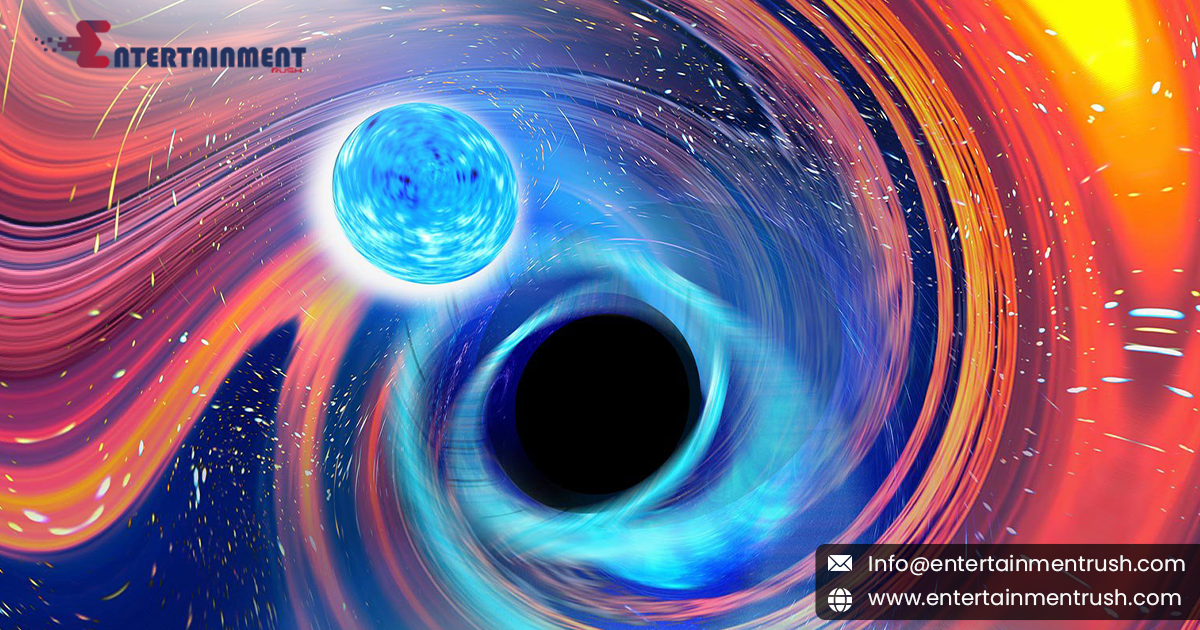Gravitational waves and the Laser Interferometer Gravitational-Wave Observatory (LIGO) represent some of the most groundbreaking advancements in modern physics. Discovered in 2015, gravitational waves have opened a new window into the universe, allowing scientists to observe phenomena that were previously beyond our reach. Here are six fascinating facts about gravitational waves and LIGO that highlight their significance and the incredible science behind them.
Gravitational Waves: Ripples in Spacetime
Gravitational waves are ripples in the fabric of spacetime caused by the acceleration of massive objects, such as merging black holes or neutron stars. Predicted by Albert Einstein in 1915 as part of his General Theory of Relativity, these waves travel at the speed of light and carry information about their origins and the nature of gravity. The detection of these waves confirms a key prediction of Einstein’s theory and provides a new way of exploring the universe.
LIGO: A Precision Measurement Marvel
LIGO, or the Laser Interferometer Gravitational-Wave Observatory, is a complex scientific instrument designed to detect the minuscule distortions in spacetime caused by gravitational waves. Comprising two facilities—one in Hanford, Washington, and the other in Livingston, Louisiana—LIGO uses laser beams and interferometers to measure changes in the length of its arms, which are only a fraction of the diameter of a proton. The precision required to detect these minute changes is equivalent to measuring a distance smaller than a thousandth the width of a human hair over the span of four kilometers.
First Detection: A Historic Achievement
The first direct detection of gravitational waves was announced on February 11, 2016, marking a historic moment in physics. This groundbreaking detection, made on September 14, 2015, came from the merger of two black holes about 1.3 billion light-years away. The discovery provided direct evidence of black hole mergers and validated the existence of gravitational waves, earning the 2017 Nobel Prize in Physics for LIGO founders Rainer Weiss, Barry Barish, and Kip Thorne.
New Insights into Cosmic Events
Gravitational waves offer a unique way to observe cosmic events that are otherwise invisible. For instance, they allow scientists to study the collision and merger of black holes and neutron stars, phenomena that do not emit electromagnetic radiation detectable by traditional telescopes. By analyzing the waves, researchers can learn about the masses, spins, and other properties of these cosmic objects, gaining insights into their formation and evolution.
A New Era in Astronomy
The detection of gravitational waves has inaugurated a new era in astronomy, known as “multimessenger astronomy.” This approach combines gravitational wave observations with electromagnetic signals (such as light, radio waves, and X-rays) to provide a more comprehensive understanding of cosmic events. For example, the observation of gravitational waves from a neutron star merger in August 2017 was accompanied by electromagnetic observations, leading to a wealth of new data about the event and its aftermath.
Future Prospects and Space-Based Observatories
LIGO’s success has paved the way for future advancements in gravitational wave astronomy. One exciting development is the planned launch of the space-based gravitational wave observatory, LISA (Laser Interferometer Space Antenna), which is scheduled to be launched in the 2030s. LISA will orbit the Earth, allowing it to detect lower-frequency gravitational waves from sources such as supermassive black hole mergers and providing a complementary view to ground-based observatories like LIGO.
Gravitational waves and LIGO represent a monumental leap in our ability to explore the universe. From confirming Einstein’s century-old predictions to opening up new avenues for observing cosmic phenomena, these discoveries have revolutionized our understanding of the cosmos. As technology advances and new observatories come online, the field of gravitational wave astronomy promises to unveil even more secrets of the universe, continuing to captivate and inspire the scientific community and the public alike.
